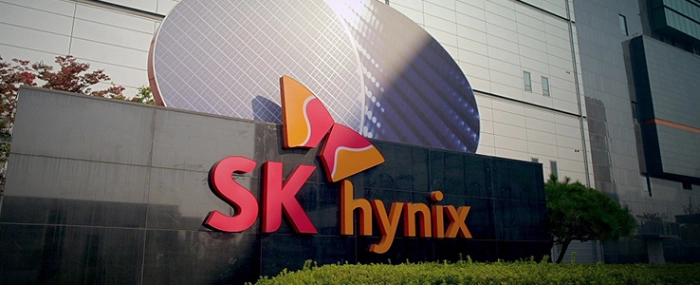
© SK Hynix
Business |
SK hynix to acquire Intel NAND memory business
The two parties have signed an agreement under which SK Hynix will acquire Intel's NAND memory and storage business for USD 9 billion.
The transaction includes the NAND SSD business, the NAND component and wafer business, and the Dalian NAND memory manufacturing facility in China. Intel will however retain its Optane business.
The companies say that they will seek to obtain required governmental approvals expected in late 2021. Following receipt of these approvals, SK hynix will acquire from Intel the NAND SSD business (including NAND SSD-associated IP and employees), as well as the Dalian facility, with the first payment of USD 7 billion. SK hynix will acquire from Intel the remaining assets, including IP related to the manufacture and design of NAND flash wafers, R&D employees, and the Dalian fab workforce, upon a final closing, which is expected to occur in March 2025 with the remaining payment of USD 2 billion.
However, until the transaction is actually closed, Intel will continue to manufacture NAND wafers at the Dalian Memory Manufacturing Facility and retain all IP related to the manufacture and design of NAND flash wafers until the final closing, a joint press release details.
With this acquisition, SK hynix aims to enhance the competitiveness of its storage solutions, including enterprise SSDs, in the rapidly growing NAND flash space.
For the first six months ended June 27, 2020, Intel's NAND businesses represented approximately USD 2.8 billion of the company's revenue for its Non-volatile Memory Solutions Group (NSG) and contributed approximately USD 600 million to NSG operating income.
In the press release, Intel says that it intends to invest transaction proceeds to deliver leadership products and advance its long-term growth priorities, including artificial intelligence, 5G networking and the intelligent, autonomous edge.
Intel and SK hynix will work together to ensure a seamless transition for customers, suppliers and employees. The two companies will work collaboratively as they did recently with DDR5, to better serve the growing demand from the memory-based semiconductor ecosystem.

